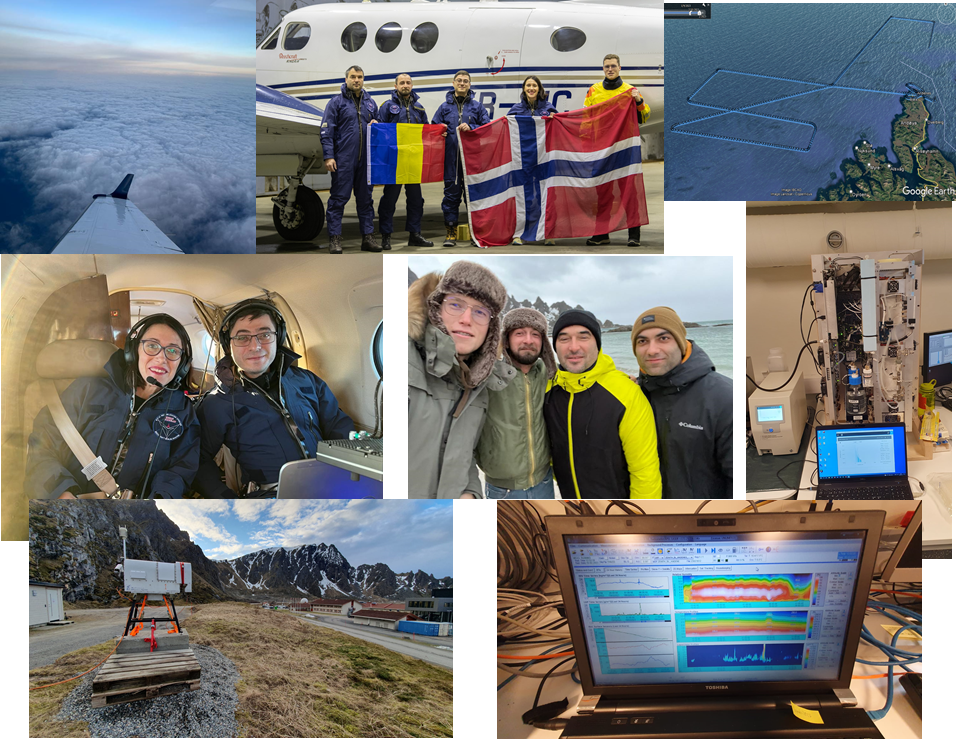Introduction: In the picturesque coastal town of Andenes, Norway, nestled within the Arctic Circle, a groundbreaking research campaign was performed. Researchers embarked on a mission to explore the mixed-phase clouds and gain insights into their microphysical properties. The mission was carried out using the state-of-the-art Beechcraft King Air C90 GTX research aircraft equipped with cutting-edge instruments, including CAPS and HAWKEYE probes. This collaboration aimed to expand our understanding of these enigmatic clouds and their role in climate dynamics.
Campaign Objectives: The primary objective of this research campaign was to comprehensively study mixed-phase clouds, which are characterized by the coexistence of liquid water droplets and ice crystals within the same cloud. Understanding these clouds is crucial for advancing climate science, weather prediction, and aviation safety. The specific goals of the campaign included: Measurement of Microphysical Properties: Researchers aimed to collect precise data on the size, concentration, and distribution of cloud particles, including liquid droplets and ice crystals, within mixed-phase clouds. Investigation of Cloud Formation Processes: The campaign sought to shed light on the mechanisms that govern the formation and evolution of mixed-phase clouds, such as ice nucleation and supercooling. Climate Impact Assessment: By characterizing mixed-phase clouds, the research team aimed to assess their role in Earth’s radiative balance and their contribution to climate change.
The Beechcraft King Air C90 GTX: The research aircraft used in this campaign, the Beechcraft King Air C90 GTX, was a technological marvel. Its capabilities, range, and stability made it an ideal platform for conducting atmospheric research. Outfitted with specialized instruments and cutting-edge avionics, the King Air was ready to explore the Arctic skies.
Campaign Highlights: Over several weeks, the research team embarked on multiple flights into the Arctic atmosphere from the Andenes Airport. Each flight was meticulously planned to target specific cloud formations and meteorological conditions conducive to mixed-phase clouds. The aircraft’s instruments captured a wealth of data, including the size distribution of ice crystals, the presence of supercooled liquid droplets, and the spatial distribution of these particles within the clouds. These measurements provided valuable insights into the complex interactions occurring within mixed-phase clouds. Conclusion: The research campaign conducted in Andenes, Norway, utilizing the Beechcraft King Air C90 GTX and its advanced instrumentation, marked a significant step forward in our understanding of mixed-phase clouds. By unraveling their microphysical properties and examining their formation processes, researchers have contributed to improving climate models and enhancing our ability to predict weather patterns. This collaborative effort showed the importance of continued research in the field of atmospheric science, ultimately helping us address the challenges posed by the nowadays changing climate.



0 Comments